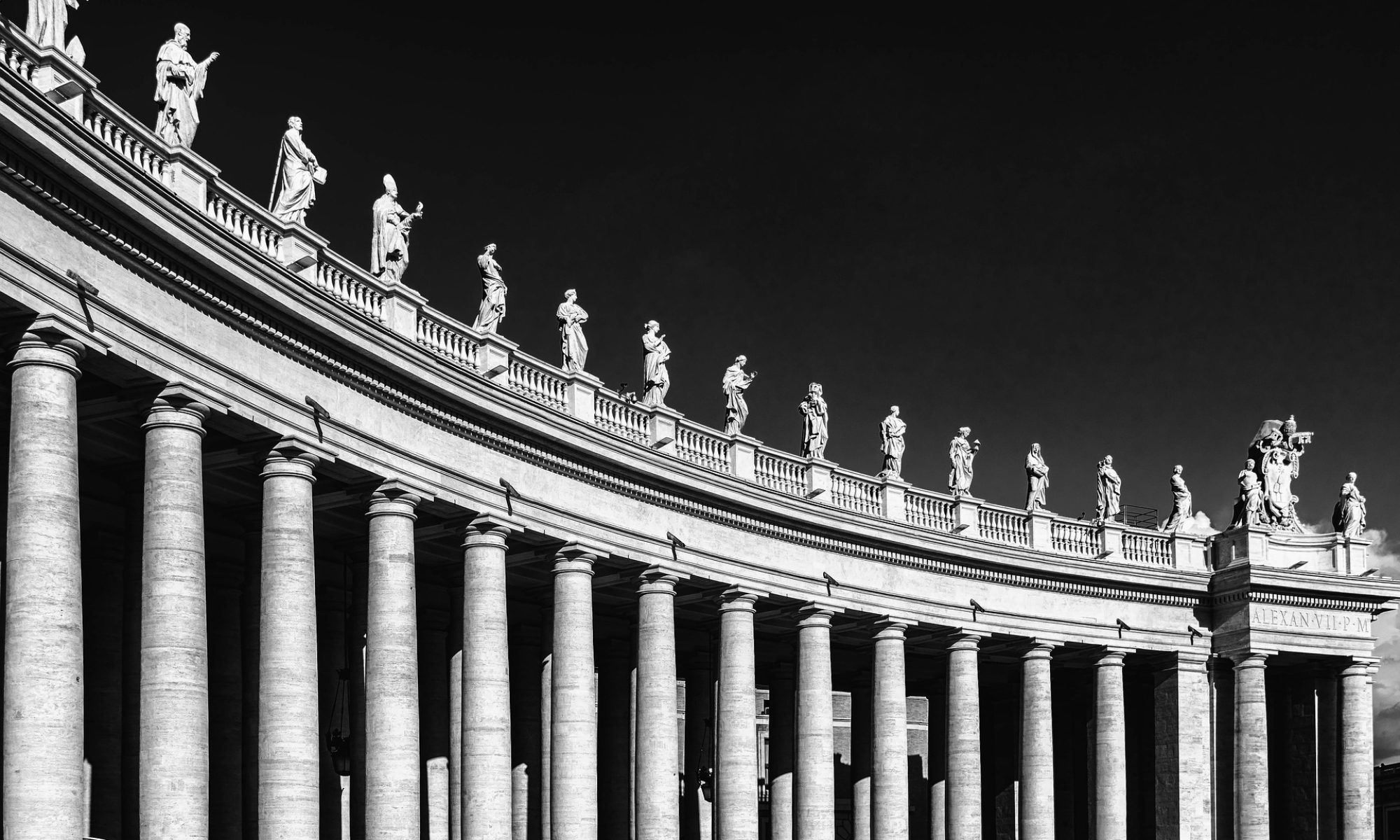November 7th, 2014
Visiting the Pope has become something popular amongst Evangelical leaders around the world. Nearly every month there are Evangelicals from the four corners of the globe that are received by Francis either in private conversation, or around the table of a shared meal, or in the context of more official meetings. Pope Francis seems to have targeted Evangelicals of all stripes (from highly liturgical sectors of Protestantism to prosperity gospel gurus with all variances in between) in order to build bridges with these Christians who have traditionally stayed outside of mainstream ecumenical circles but who nonetheless represent the wing of the Church that is growing more than any other. This phenomenon of Evangelical leaders taking “selfies” with the Pope and then becoming prominent spokesmen of unity with the Roman Catholic Church needs to be examined more carefully.
Against the backdrop of this growing trend of Evangelical leaders visiting the Pope, the visit of the World Evangelical Alliance and its official delegation of representatives from all over the world on November 6th is perhaps the first time that such a vast delegation has been granted an audience by a Roman Pontiff. The significance and importance of this visit is attested to by the fact that the Pope’s address to the WEA delegation has been made public through the Vatican Press Bulletin which is its official outlet (http://press.vatican.va/content/salastampa/it/bollettino/pubblico/2014/11/06/0823/01747.html).
United in Baptism?
The Pope began his address by referring to baptism as the grounds by which unity can be accomplished. After quoting Ephesians 4:13 on attaining to the unity of the truth, Francis went on to say that “this truth is grounded in our Baptism, by which we share in the fruits of Christ’s death and resurrection. Baptism is God’s priceless gift which we have in common”. Interestingly, this is a typical Roman Catholic statement. Whereas Evangelicals would tend to say that unity is grounded in God’s grace received through faith in Jesus Christ, the Pope spells out a different view. According to him it is the “sacrament of baptism”, an ecclesial sacrament, that is the basis for Christian unity. The standard Evangelical conviction is that all believers in Jesus Christ are already united (“We Believe in the Unity of the Spirit of all true believers”, says WEA’s Statement of Faith), but the Pope here presents a different perspective: it is those who are baptized that are united. A person baptized by the church may or may not be a believer as the phenomenon of Nominal Christianity clearly demonstrates, and yet the Pope and his Church think that baptism represents sufficient grounds for unity. A question must be raised at this point: are the Evangelical leaders who seem to be such big fans of the Pope aware of this?
That Christians are already united in baptism is a shared ecumenical conviction but it is not the historic Evangelical position. The Pope reinforced it when he spoke about “the profound unity brought about by grace in all the baptized” (then by quoting the Vatican II document Unitatis Redintegratio, 13). How can Christians be united by grace with those who are baptized but that do not profess and live out their faith in Jesus? The point is that when Evangelicals talk about unity with the Pope and the Pope talks to them about unity, they are using the same word but they mean different things.
No Mere Personal Relationship with Christ
The insistence on baptism as the grounds of unity is demonstrated in another comment made by Francis in his speech. Insisting on the pre-eminence of baptism over faith, the Pope said that “the Gospel is not merely about our personal relationship with God”. It is more than that. This language of having a “personal relationship with God” is dear to Evangelicals and is one of the defining marks of their spirituality. Pope Francis likes to use it too. However, the reference to the sacrament of baptism which is for him sufficient grounds for unity and that precedes a personal relationship with God puts this phrase into context. According to Francis, unity is based on baptism, not on personal relationship with Christ. Evangelicals also believe that the Christian life is more than having a personal relationship with Christ. Yet they believe that this is the foundation upon which the full Christian discipleship must be built. Regardless of which view of baptism they hold to, it is nonetheless personal faith that is central. For Francis, God’s grace comes to us not by faith alone but through the sacramental system administered by the Church. This is not merely a minor point of difference.
The speech included an appeal to enter a “new era of relations between Catholics and Evangelicals”. But if they still don’t agree on what is the basis of Christian unity and there is no indication of openness to change according to the Gospel, how can there be a “new era”?
